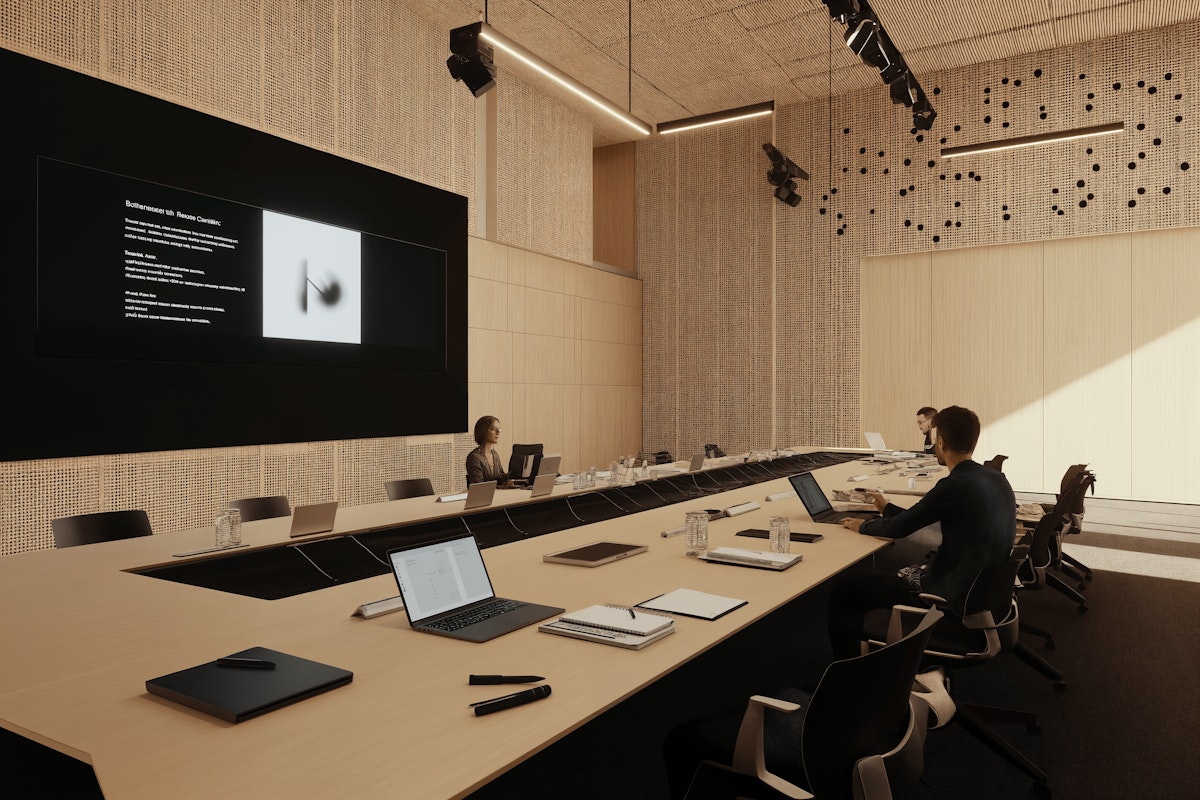As digital advertising grows more complex, the ability to deliver personalized and impactful ads at scale has become a cornerstone of success. AI-powered creative optimization is reshaping how dynamic ad exchanges operate, enabling advertisers to achieve unprecedented levels of efficiency and engagement. This blog explores how artificial intelligence is transforming creative strategies within the ad tech ecosystem.
What is AI-Powered Creative Optimization?
AI-powered creative optimization involves using machine learning algorithms to analyze audience data, predict behavior, and generate the most relevant ad creatives in real-time. This process enhances:
- Personalization: Tailoring ads to individual preferences and contexts.
- Performance: Optimizing ad creatives for higher click-through rates (CTR) and conversions.
- Efficiency: Reducing manual intervention and streamlining the ad creation process.
Key Components of AI-Powered Creative Optimization
- Dynamic Creative Optimization (DCO):
- Generates personalized ad variations by combining different text, visuals, and call-to-actions (CTAs) based on user data.
- Predictive Analytics:
- Uses historical data to forecast which ad creatives will resonate most with specific audience segments.
- Automated A/B Testing:
- AI automates testing different ad versions, identifying top-performing elements without manual input.
- Real-Time Adaptation:
- Adjusts ad content dynamically based on live campaign performance and changing user behavior.
Benefits of AI in Creative Optimization
- Enhanced Personalization:
- Deliver highly relevant ads by analyzing user demographics, preferences, and browsing history.
- Improved ROI:
- Maximize campaign effectiveness by focusing on creatives that drive results.
- Faster Time-to-Market:
- Streamline the creative process, reducing the time spent on manual iterations.
- Scalability:
- Create and manage thousands of personalized ad versions simultaneously.
- Data-Driven Insights:
- Gain actionable insights into audience behavior and creative performance.
Best Practices for Leveraging AI in Ad Exchanges
- Invest in Quality Data:
- Ensure access to comprehensive, high-quality datasets for training AI algorithms.
- Focus on Creative Diversity:
- Develop a wide array of creative assets to give AI more options for optimization.
- Monitor Performance Continuously:
- Use analytics tools to track AI-generated creatives and refine strategies.
- Ensure Data Privacy Compliance:
- Adhere to regulations like GDPR and CCPA while collecting and processing user data.
- Collaborate Across Teams:
- Foster collaboration between creative, data, and technology teams to align goals.
Challenges and Solutions
- Bias in AI Algorithms:
- Solution: Regularly audit and refine algorithms to ensure unbiased outputs.
- Dependence on Data Availability:
- Solution: Use a combination of first-party, second-party, and third-party data sources.
- Creative Fatigue:
- Solution: Continuously refresh creative assets to maintain audience interest.
- Integration Complexity:
- Solution: Partner with platforms offering seamless integration with existing ad tech stacks.
Tools and Platforms for AI-Powered Creative Optimization
- Ad Creative Platforms:
- Examples: Celtra, Ad-Lib.io, Smartly.io.
- AI-Driven DSPs:
- Examples: The Trade Desk, MediaMath, AppNexus.
- Analytics Tools:
- Examples: Google Analytics, Adobe Analytics, Tableau.
Case Study: AI-Optimized Campaign Success
Brand: A global e-commerce company targeting holiday shoppers
Strategy:
- Deployed AI to analyze shopping trends and personalize holiday-themed ads.
- Used DCO to tailor messages for different product categories and user demographics.
- Implemented real-time adaptation to adjust creatives based on campaign performance.
Outcome:
- Achieved a 60% increase in conversions.
- Reduced cost-per-acquisition (CPA) by 40%.
- Enhanced customer satisfaction through relevant and timely ads.
Conclusion
AI-powered creative optimization is revolutionizing the way dynamic ad exchanges operate. By leveraging AI, advertisers can create hyper-personalized campaigns that resonate with audiences while maximizing ROI. As the ad tech industry evolves, embracing AI will be essential for staying competitive and delivering meaningful advertising experiences. The future of creative optimization lies in harnessing the full potential of AI to unlock unparalleled levels of efficiency and engagement.



